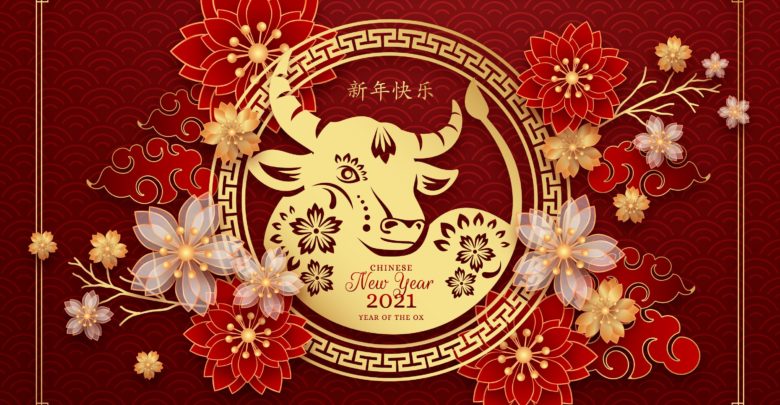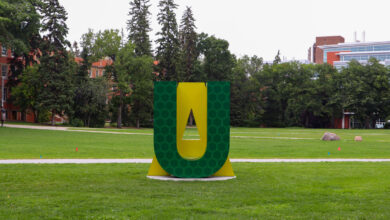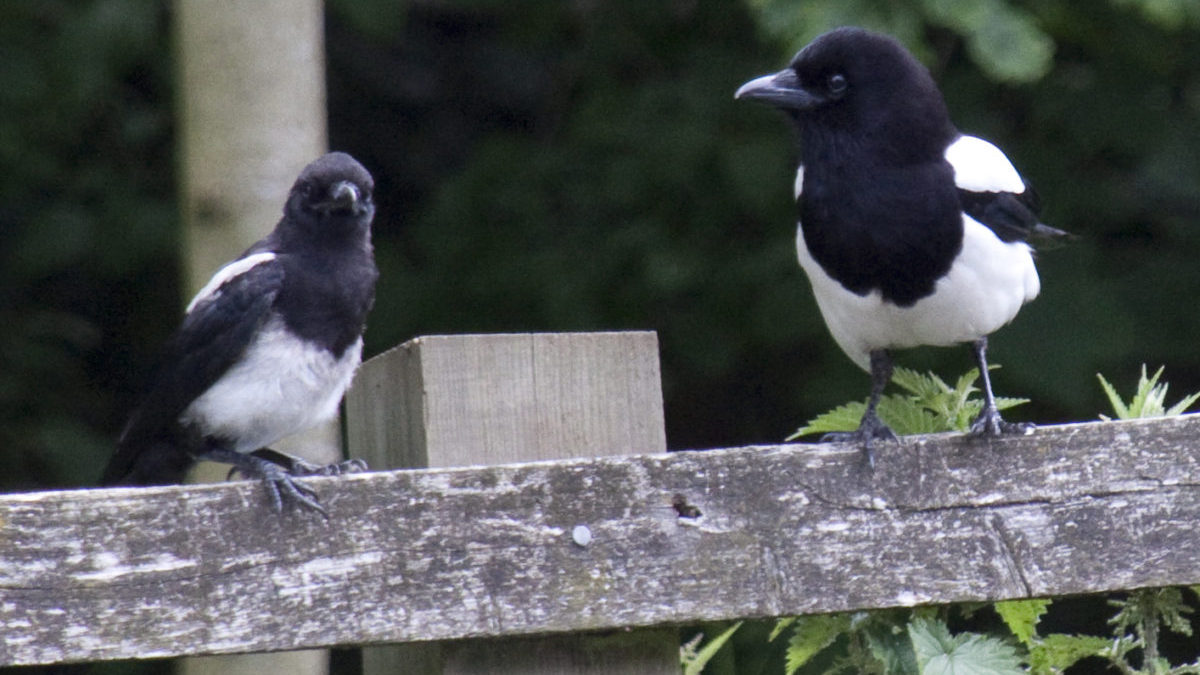Editorial: Chinese New Year, same old racism
Does anti-racism not apply to the Asian community?
 pikisuperstar
pikisuperstarChinese New Year is always a thrilling time — extended families gather to make fresh dumplings, welcome the fortune of a new year, and hand out red pockets. For many immigrant and diaspora families, this holiday season ties us to our culture through food, traditions, and reconnecting with relatives across the world. It’s also about sweeping away the dust and cleansing our homes of last year’s bad luck.
In recent years, large brands have started to capitalize on the aesthetic appeal of the cultural celebration by repackaging products or marketing collections as Chinese New Year themed. Initially, this seems harmless. There’s nothing inherently wrong with Fendi’s Lunar New Year themed collection or Disney’s Year of the Ox merchandise. It might even be exciting to see this representation in mainstream culture.
But upon further reflection, this “representation” is an empty act of posturing, one warranting a discussion about the ease with which Asian iconography is appropriated for gain while anti-Asian violence is normalized and brushed aside.
When the first case of COVID-19 was reported in Toronto, I remember stepping into the elevator in SUB along with two men. One of them glanced at me and said, “Forgot to hold my breath.”
I realized he was making a halfwitted joke about me, an Asian woman, carrying the virus, but I was too stunned to say anything in the moment. Friends started reporting similar incidents increasing in intensity as the months went by. Something as innocuous as going on a walk brought the risk of verbal or physical attacks.
Then I started hearing about the increasing number of violent attacks on elderly Asian people.
In Vancouver, a 92-year-old Asian man with dementia was shoved to the ground by a racist yelling slurs. In Brooklyn, an 89-year-old Cantonese grandmother was set on fire. In Ontario, teens threw rocks at an 80-year-old Vietnamese grandmother, hitting her head and blinding her. In Oakland’s Chinatown, a 91-year-old man was pushed to the ground — the same suspect then attacked two more people in the area.
Just a few days ago, 84-year-old Vicha Ratanapakdee was killed by Antoine Watson after being slammed to the ground in a completely unprovoked attack. Watson and his family thinks he did nothing wrong and has pleaded not guilty to the murder.
These were just the incidents that have been “lucky” enough to be reported on. Ever since the pandemic began, hate crimes against Asians have increased exponentially, but mainstream media has done the bare minimum in covering these cases. Outside of media outlets specifically reporting on Asian American issues, few other publications have picked up these stories.
Although it’s easy to blame COVID-19 for spurring racist sentiments, this all points to an insidiousness pervading our society for generations.
How far back in history would we need to go to examine this issue?
Should we go all the way back to the construction of the transcontinental railroad, when Chinese workers made up the bulk of the workforce but were paid less than their American counterparts? Their contribution was largely forgotten after they were starved for going on strike to demand equal pay.
Or do we begin by talking about the idea of “yellow peril,” a systematic dehumanization of Asian — specifically Chinese — people? Chinatowns were painted as disease-ridden, exotic places where sickness breeds uncontrollably in order to justify xenophobia. Asians were portrayed as villains with exaggerated yellow skin, fanning discriminatory laws that limited immigration and disproportionately taxed Asian businesses.
“But that’s all in the past!”
Indeed, Chinese immigrants were recast as the “model minority,” a seemingly positive stereotype categorizing us as respectful, educated, and law-abiding citizens. In reality, it’s used to pit people of colour against each other, suggesting that socioeconomic disparities between racial groups are simply a matter of working hard and following the law, rather than institutional systems of oppression and inequality.
The model minority myth also works to keep Asians sequestered in our place — the forever foreigner, the exceptional outgroup.
Despite being perceived as diligent, highly educated, and talented, Asians are consistently barred from reaching higher management positions. This type of discrimination stems from false stereotypes that Asians are submissive, meek, and obedient — not leadership material. It’s a bamboo ceiling that can’t be shattered.
It also speaks to how extensively the struggles and minority status of Asians are systematically ignored. Asians are rarely a priority in diversity and inclusion programs. In fact, the Washington School District even went so far as to put Asian students in the same category as white students, separating them from other students of colour. Their feeble excuse was that the categorization was “equity-based” to reflect how the district has met the instructional needs of white and Asian students but not those of other minority students.
This perpetuation of the model minority stereotype in schools paints a monolithic view of Asian students. It erases the reality of Asian students who come from low socioeconomic backgrounds. In Stacy Lee’s Up Against Whiteness, research finds that Asian students who don’t fit in with the stereotype receive even less support from teachers — teachers who believe the academic outcomes of these students are not their responsibility.
Discrimination against Asians is not a new phenomenon caused by COVID-19. It’s been infused in Western culture for generations.
So in an era of “wokeness” and anti-racism campaigns, it’s disappointing but not surprising how mainstream media and culture continues to exploit the aesthetics of Asian culture and Chinese New Year while neglecting to speak up for the very community they capitalize on.
It’s all fun and games when Madonna wears a sexualized kimono in her music video or when Karlie Kloss dresses up as a geisha for Vogue, but Asian models are rarely seen representing brands.
Makeup companies are happy to promote products labeled as Lunar New Year editions but the only time we see East Asian models for beauty products is around this holiday.
For the past year, the only people who are bringing attention to violent attacks on the Asian community have been Asians. Even then, there is a pervasive attitude that we shouldn’t complain. We should keep our heads down and not bring more trouble. We’re “white-passing.” We don’t have it as bad.
Meanwhile, our grandparents are being set on fire, kicked down, and murdered simply for existing.
As we head into Chinese New Year, it would be foolish to hope that these violent acts can be swept away like last year’s dust and bad luck. Instead, let this year’s house cleaning sweep away the fear of speaking up. It’s time to come together as a community and demand to be seen and listened to.
Our vibrant new year’s red should not be painted by the blood of our elders.




